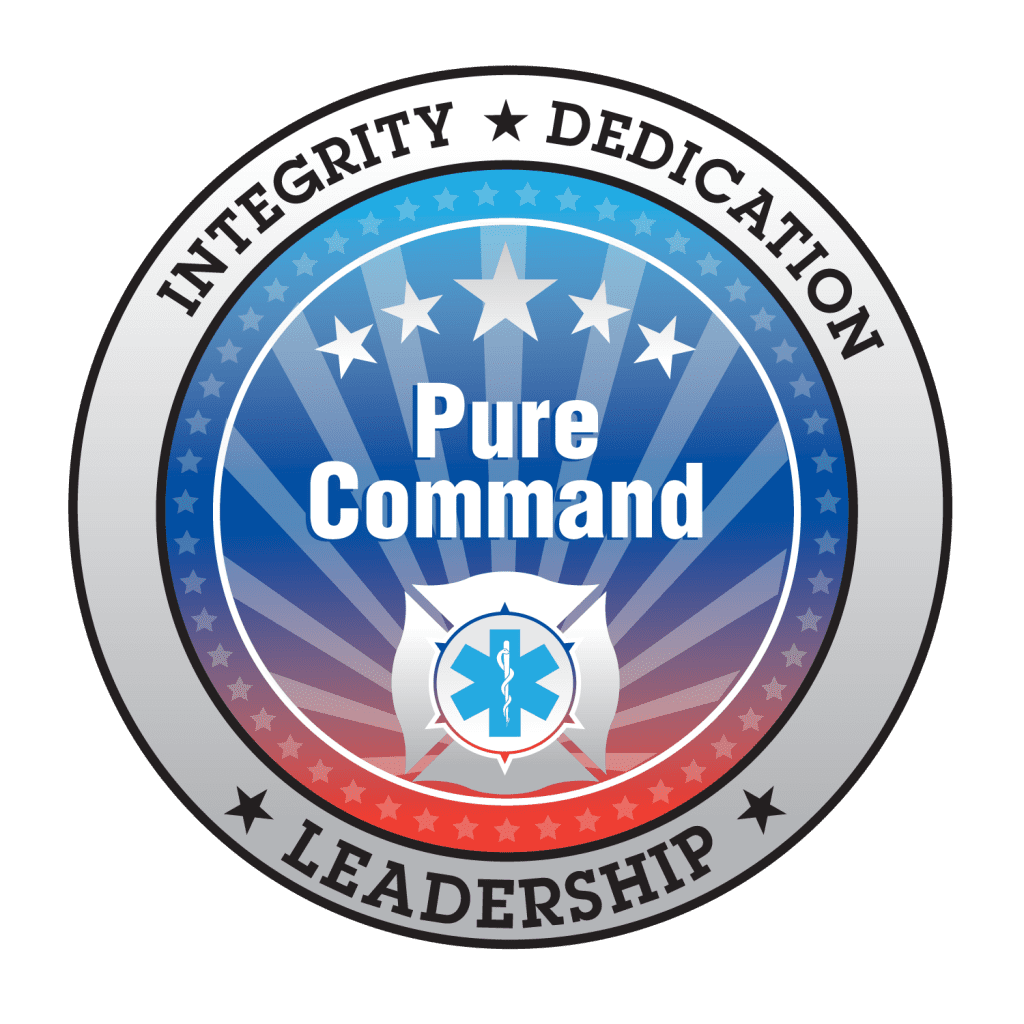As today’s first responder matrix becomes more complex, having a solid understanding of the Incident Command System (ICS) and how it is implemented via “best practices” is more important than ever before. The good news is that via cross collaboration between agencies, and with the valuable input of FEMA, the roles and responsibilities for ICS are becoming well defined. One issue that is often missed by those eager to learn about incident management is the organizational structure for ICS.
An appropriate ICS organizational structure should include:
- Unity of command
- A unified command structure that is both visual and follows an org chart
- Consolidated Incident Action PlansCommon terminology
- A modular/flexible organization
- Integrated communications (including radio, mobile phone, txt, and social media)
- A manageable span of control
- Designated incident facilities (an EOC, command post vehicle, etc.)
- Comprehensive resource management
When interacting with your agency and others, being able to share information using common terminology is essential. When working with ICS, everything gets a title. Everything has a label. Response personnel should use common names for all personnel and equipment resources, as well as for all facilities in and around the incident area.
- Radio transmissions should use clear text (don’t use “ten” codes or agency-specific codes)
- The use of common terminology applies to all organizational elements, position titles, and resources.
“Top-down” means that, at the very least, the Command function is established by the first-arriving officer who becomes the Incident Commander. As the incident warrants, the Incident Commander activates other functional areas and/or gives up command to more senior arriving officers
Unity of command is the concept by which each person within an organization reports to only one designated person. A unified command gives all agencies with responsibility for the incident, either geographic or functional, to manage the incident by establishing a common set of incident objectives and strategies. When working with multiple agencies, the concept of Unified Command should not mean giving up control. Actually, a Unified Command scenario provides greater accountability and process, including:
Under unified command, the following always apply:
- The incident functions under a single, coordinated Incident Action Plan
- One Operations Section Chief has responsibility for implementing the Incident Action Plan
- One ICP is established
Some examples of how unified command is applied are shown in the visual below. Consolidated Incident Action Plans describe response goals, operational objectives, and support activities. The decision to have a written Incident Action Plan is made by the Incident Commander. ICS requires written plans whenever:
- Resources from multiple agencies are used
- Several jurisdictions are involved
- The incident is complex (e.g., changes in shifts of personnel or equipment are required)
Incident Action Plans should cover all objectives and support activities that are needed during the entire operational period. A written plan is preferable to an oral plan because it clearly demonstrates responsibility, helps protect the community from liability suits, and provides documentation when requesting State and Federal assistance. Incident Action Plans that include the measurable goals and objectives to be achieved are always prepared around a time frame called an operational period. Operational periods can be of various lengths, but should be no longer than 24 hours. Twelve-hour operational periods are common for large-scale incidents. The Incident Commander determines the length of the operational period based on the complexity and size of the incident. A manageable span of control is defined as the number of individuals one supervisor can manage effectively. In ICS, the span of control for any supervisor falls within a range of three to seven resources, with five being the optimum. If those numbers increase or decrease, the Incident Commander should reexamine the organizational structure.
Designated incident facilities include:
- An ICP at which the Incident Commander, the Command Staff, and the General Staff oversee all incident operations.
- Staging Areas at which resources are kept while awaiting incident assignment. Other incident facilities may be designated for incidents that are geographically dispersed, require large numbers of resources, or require highly specialized resources.
Comprehensive resource management:
- Maximizes resource use
- Consolidates control of single resources
- Reduces the communications load
- Provides accountability
- Reduces freelancing
- Ensures personnel safety
- All resources are assigned to a status condition
- Assigned resources are performing active functions
- Available resources are ready for assignment
The ICS principles can and should be used for all types of incidents, both small and large-from a warrant execution to a hostage situation or a search for a missing child. Because ICS can be used at virtually any type of incident of any size, it is important that all first responders use the ICS workflow and operational architecture.


